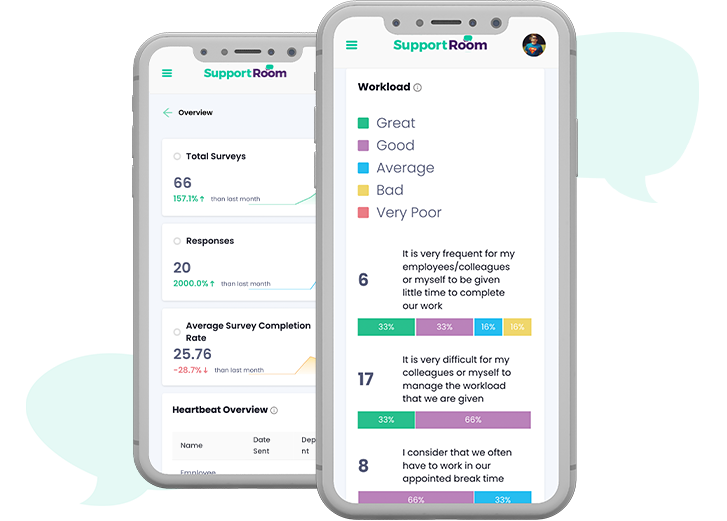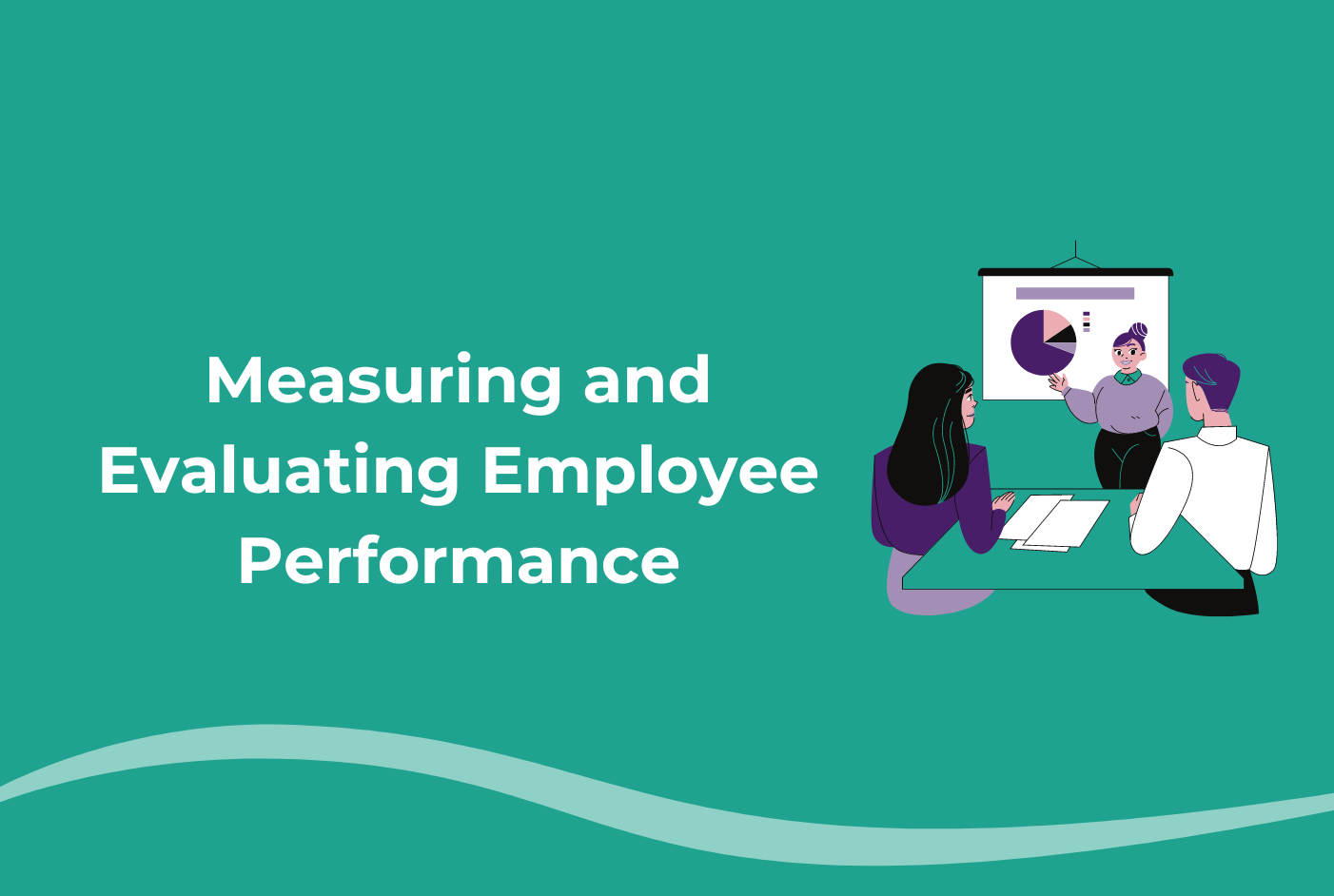All workplaces are unique in their own way. The people and employees who are part of them bring their own life experiences and individualities, which shape how a workplace looks. Just like people’s backgrounds can be diverse, the ways their brains work can also vary from one person to another. This is recognized as neurodiversity, a concept that has gained a lot of attention lately. In this blog article, you will find out what neurodiversity in the workplace looks like, and how employers can build a work environment suitable for everyone.
What is neurodiversity in the workplace?
Neurodiversity refers to the natural variations that happen in the human brain. Since no two people are entirely similar, most human beings will have differences in the way they think, process information, learn, and behave. However, a degree of similarity in how the brain works is assumed in most people — which are referred to as neurotypical individuals.
But for those who cannot fit in what is considered ‘normal’, there is a new word that employers should be mindful of – neurodivergence. It is estimated that 1 in 5 people are neurodivergent, meaning that their brain works slightly differently than what is considered standard or typical. Their unique traits are often characterized as ‘neurodiversity conditions’.
Some examples of these conditions are:
- ADHD
- Autism
- Dyslexia
- Tourette’s syndrome
- Dyspraxia
These labels are diagnostics used by mental health professionals to explain different ways of thinking, learning, and behaving.

Gain FREE access to Heartbeat
Get a free Heartbeat Survey.
Let us uncover the true state of your team’s wellbeing with a free mental health survey for your entire organisation.
Gain valuable insights to see how you can better support your team’s mental health and performance.
No pitch. No credit card required.
Advantages of neurodiversity in the workplace
Being different doesn’t necessarily bring disadvantages. In fact, neurodivergent people can bring a lot of unique strengths to the table. In addition to the technical skills and different types of intelligence, neurodivergent employees often bring a unique perspective, creative insights, and excellent problem-solving abilities.
They often have out-of-the-box thinking that can lead to creative solutions in the workplace.
Even if neurodivergent people spend a lot of time trying to adjust their work environment to suit their needs, they can become highly valuable in companies that optimize the environment to suit everyone. Many people with neurological conditions such as autism spectrum disorder and dyslexia have extraordinary skills, including in pattern recognition, memory, and mathematics. Yet they often struggle to fit the profiles sought by employers.
How do you manage workplace neurodiversity?
Organizations must create a workplace that welcomes neurodiversity, and allows employees to work and achieve in their own way. That means adjusting the workplace to suit the needs of diverse thinkers. As you continue reading, you’ll uncover advice to help you empower neurodivergent employees at work.
Create a supportive environment
The key to managing neurodivergent people is building a support base within which they can optimize their potential. Engage neurodivergent workers on a one-on-one basis. Be transparent as you explore their strengths and needs. Ask how you can support them.
Allowing neurodivergent people to fulfill their potential in the workplace begins with creating an environment where they thrive.
2. Educate yourself and your workplace on neurodiversity
Lacking knowledge of neurodiversity can create and maintain prejudice and biases. Instead of letting those dominate your approach to neurodiversity, set your preconceptions aside and take the take to learn about this term. Understand how it happens, how it affects peoples’ learning and behavior, and how you can best support them.
Instead of treating neurodiversity like the odd exception in your workplace, do your best to normalize it through education.
3. Walk the extra mile by providing mentoring
Every new employee requires guidance as they begin their career with your company.
Neurodivergent people, however, may need extra support interpreting job requirements. They may likely need a more supportive work environment as well.
To effectively manage neurodivergent employees, you must acknowledge that their longing for enrichment and success matches your own. Put yourself in their shoes to help them find the extra support they may need.
Conclusion
A neurodivergent worker becomes a real asset when you enthusiastically place them in a role that enables their difference to shine. Identify their best skills, then find a role that complements them. Take pause until you have a neuro-appropriate match for their skills. And, most importantly – don’t hire an unsuitable person just to meet a diversity target. Instead, ensure that your workplace is ready to welcome them and offer them optimal conditions to grow professionally.

Gain FREE access to Heartbeat
Get a free Heartbeat Survey.
Let us uncover the true state of your team’s wellbeing with a free mental health survey for your entire organisation.
Gain valuable insights to see how you can better support your team’s mental health and performance.
No pitch. No credit card required.





